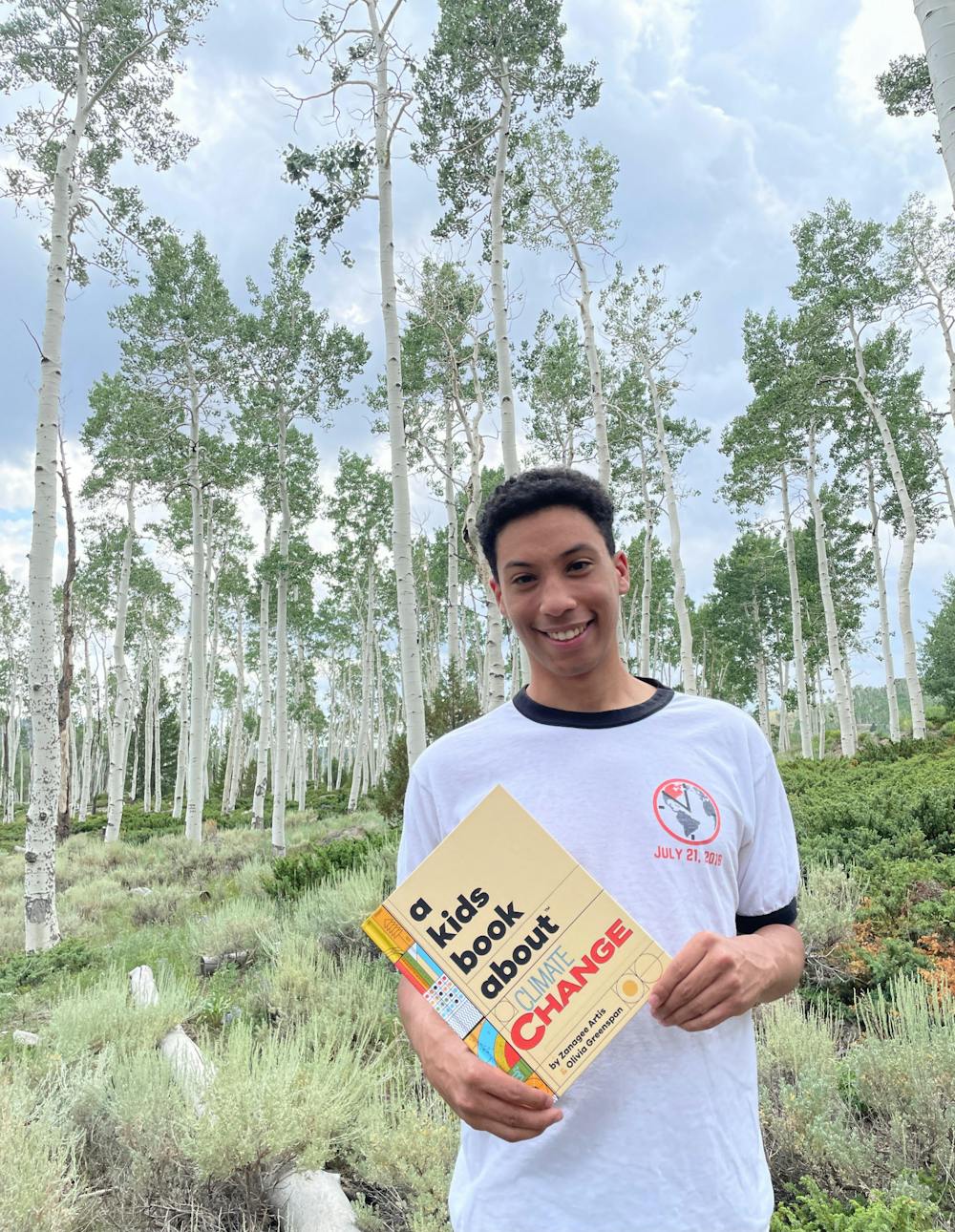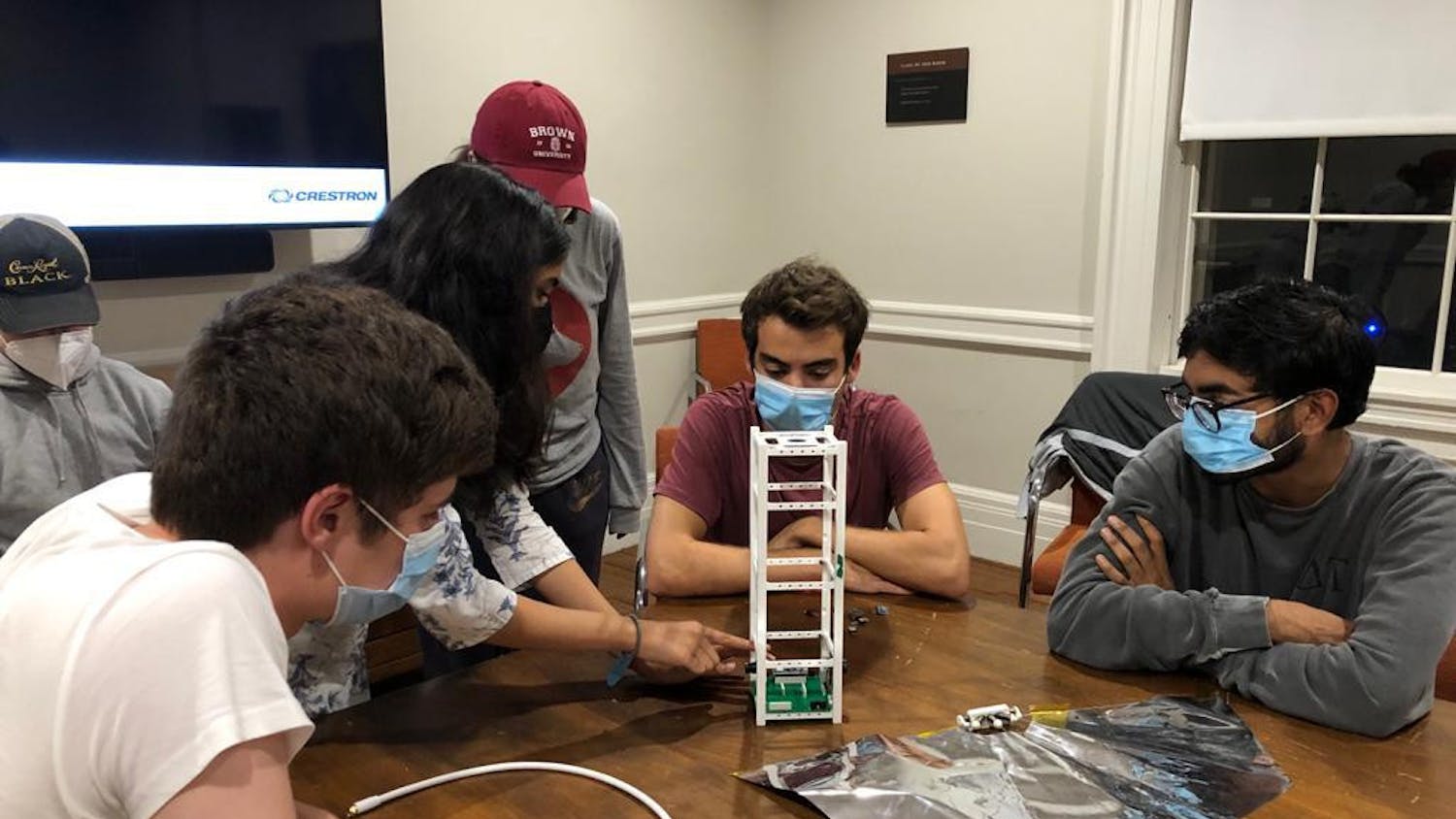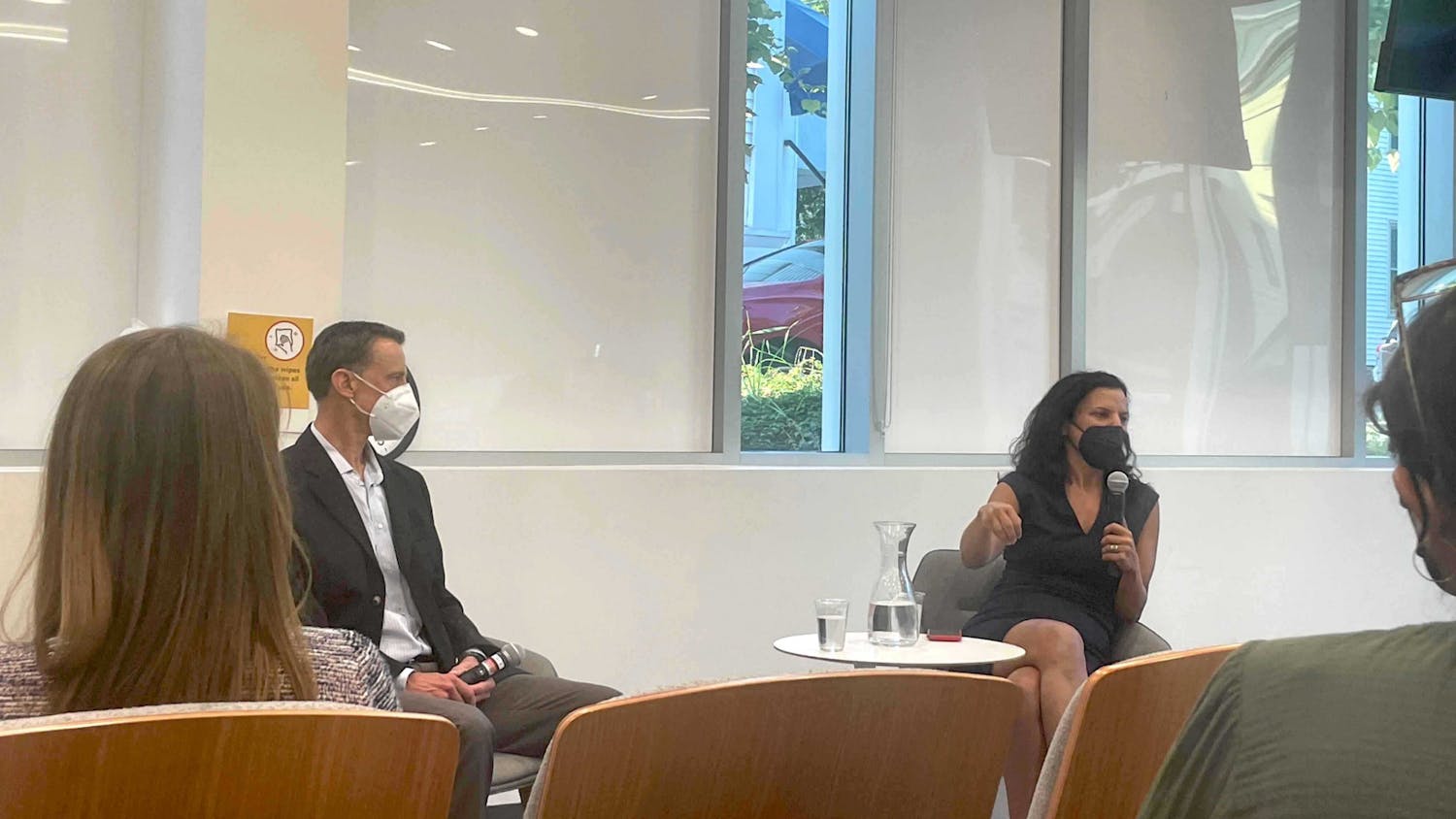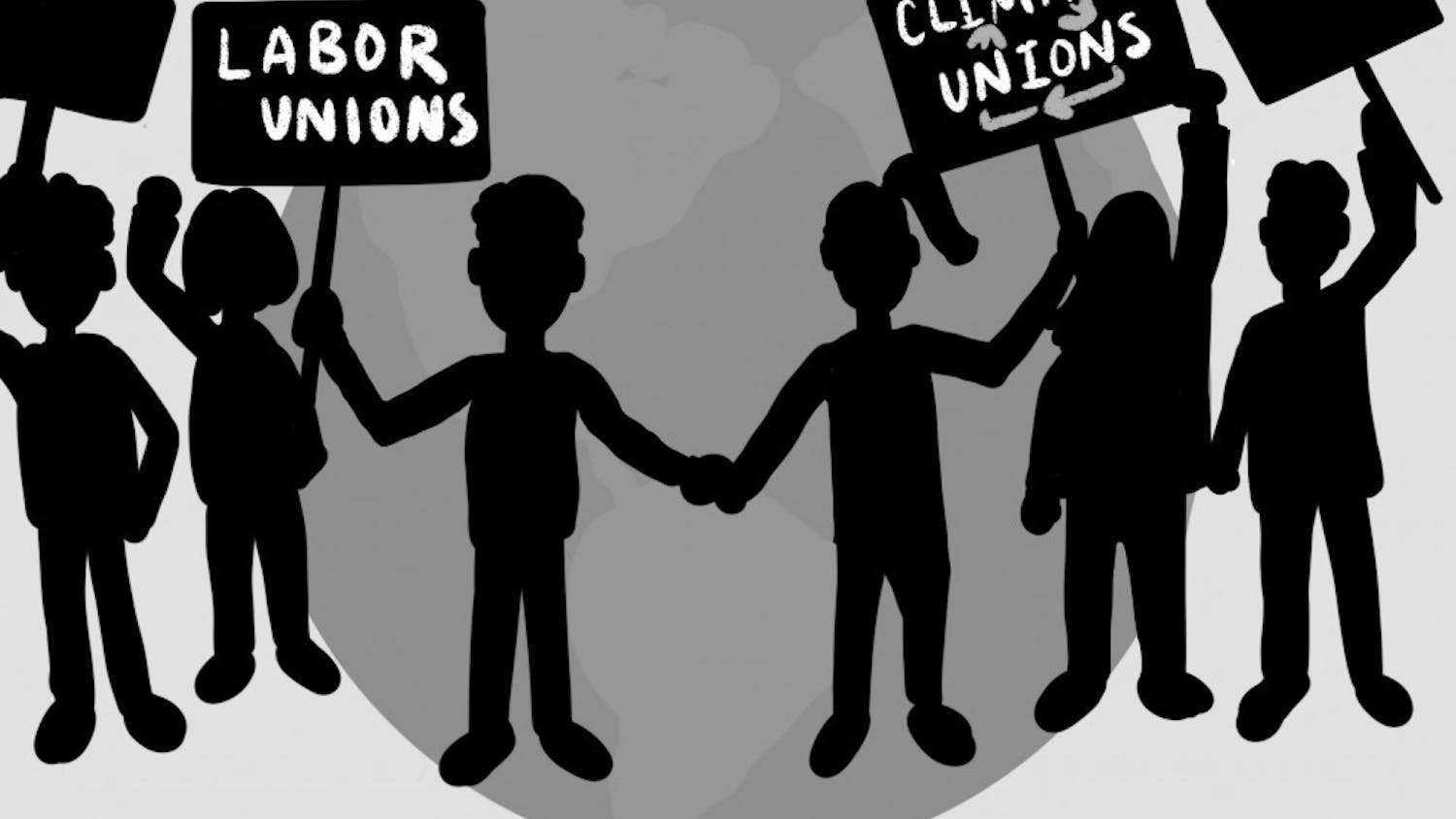As the threat of climate change grows more imminent, educating children about the phenomenon that will come to define their future has become increasingly important. A new children’s book by Zanagee Artis ’22 and environmental activist Olivia Greenspan aims to help fill this growing need.
Their book, “A Kids Book About Climate Change,” aims to teach children ages five through nine about global warming, its causes and its consequences. It was published by A Kids Company About, which prints books dedicated to introducing children to complex topics such as racism, activism and trauma.
Artis, a co-founder of international climate activism organization Zero Hour, first met Greenspan at a 2018 Zero Hour youth climate march.
Both authors said they were motivated to write this book to provide information about climate change they had lacked growing up.
“This book is a resource for kids, and we really think that they deserve to have this knowledge that we were not able to have when we were kids,” Artis said.
“A lot of the environmental education I received (as a child) was very sentimental and non-systemic,” Greenspan added. “If I had known earlier the scale of the issue, I would have been more interested in learning more and helping to address it.”
To make this complex topic accessible and relatable for young children, the authors included an analogy that compares climate change to having a fever. The picture book explains how even just a few degrees of warming can wreak havoc on both the body and the Earth, an “analogy (that) really works well for understanding the planet as a larger ecosystem,” Artis said.
The authors consulted climate scientist Dr. Heather Price and child mental health counselor Megan Slade during the editing process to ensure it was presenting accurate information in an appropriate way for young children.
“A lot of it has to do with framing around solutions,” Artis said. In the book, “there’s a big emphasis on the fact that we can work on this issue, that there are so many different solutions and that kids can be a part of that solution.”
Denise Morales Soto, an editor at A Kids Company About, explained the publisher’s philosophy in broaching difficult topics to children. “Our approach with every one of our books is to talk to kids, not down to them,” Soto wrote in an email to The Herald. “We use the actual words for the thing and take our time to break it down and explain it in a way that makes sense and doesn’t underestimate what they’re capable of.”
The authors will also co-host a podcast, titled One Point Five, through their publisher. “We knew that there was so much more that we wanted to say that we just weren’t able to in the book,” Artis said. “We want the podcast to really be a supplement to exploring lots of other themes, and specifically climate justice.”
Matthew Winner, the head of podcasts for A Kids Company About, wrote in an email to The Herald that the podcast will address topics like environmental racism and the effects of climate change on marginalized communities. It will also include interviews with climate activists and field experts.
Olga Prilipko Huber, senior outreach associate for the University’s Department of Earth, Environmental and Planetary Science, said that the book’s illness analogy is a good way to introduce climate change to young children. “The concept that you convey is that we are responsible for how Earth can feel,” she said. “Humans are not disconnected. We’re not just taking things and nothing happens in return.”
Prilipko Huber added that one challenge in teaching climate change in public schools is that many children have picked up politicized preconceptions about the topic from others in their community.
“We can tell them that carbon emissions will have an impact on global temperature, but if your parents tell you that that’s (false), it’s difficult,” she said. Although Prilipko Huber said books like Artis’ and Greenspan’s could be useful tools to introduce climate change to children, she also sees a much larger need for building critical thinking skills in science education. “Because we don’t have strong science teaching in schools, not only are we not getting the knowledge itself to the students, but also those skills are not developed properly for many,” she said.
The book’s authors said they hope that the book will help enable children to create change. “We know that kids have amazing imaginations and that they can really think about this issue of climate change in new and exciting ways,” Artis said. “They have so much to offer to the world when they actually have the knowledge that they need.”
Correction: A previous version of this article indicated that Artis met Greenspan after meeting at a 2018 Zero Hour youth climate march. In fact, they met earlier, after Greenspan read about Zero Hour’s work. The Herald regrets the error.





